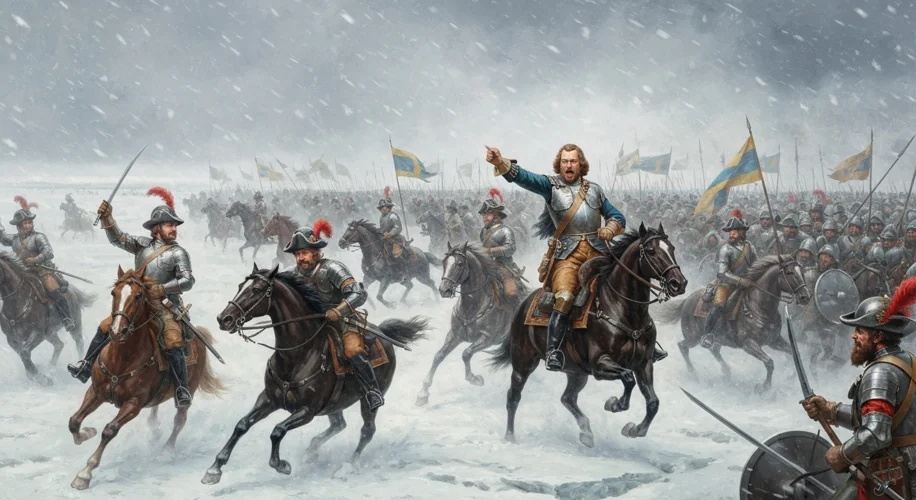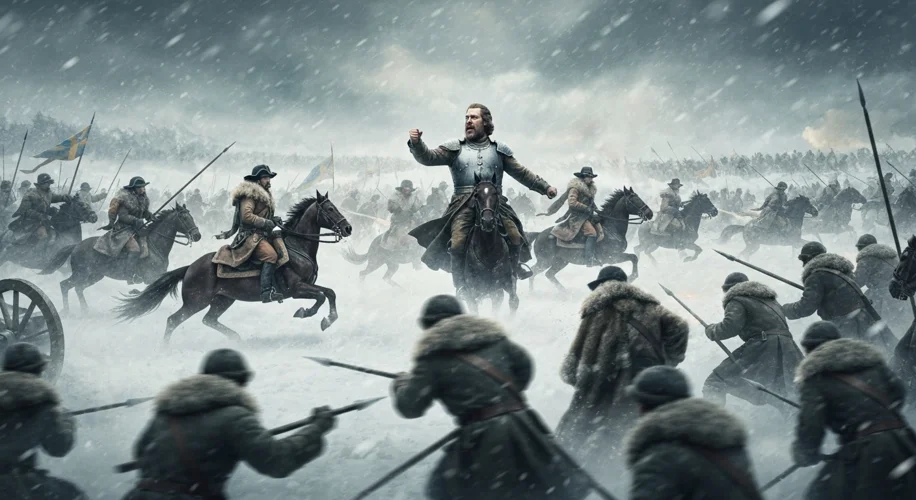The year is 1700. Across Northern Europe, a storm is brewing, not of thunder and lightning, but of steel and ambition. At its epicenter stands a young, charismatic king, Charles XII of Sweden, a monarch who would soon find himself locked in a titanic struggle that would redefine the continent’s power balance for centuries to come. This was the dawn of the Great Northern War, a conflict that pitted the seemingly invincible Swedish Empire against a formidable coalition of Russia, Denmark-Norway, and Saxony-Poland.
Sweden, under the legendary Charles XI, had enjoyed a golden age of dominance in the Baltic region. Its armies were disciplined, its treasury robust, and its king revered. But this dominance was a constant thorn in the side of its neighbors. Peter the Great, the Tsar of Russia, a visionary ruler intent on modernizing his vast empire and securing access to the Baltic Sea, harbored a deep-seated desire to break free from Sweden’s control. Meanwhile, Augustus II the Strong of Saxony, also the King of Poland, saw an opportunity to reclaim lost territories and assert his influence.
The spark that ignited this powder keg was Sweden’s control over Livonia (modern-day Latvia and Estonia), a territory claimed by Augustus II. In 1700, Denmark-Norway and Saxony-Poland launched a surprise attack, aiming to carve up the Swedish Empire. But they had underestimated the ferocity and tactical genius of their young Swedish adversary. Charles XII, barely eighteen years old, proved to be a military prodigy.
His early campaigns were nothing short of spectacular. Within months, he had forced Denmark to sue for peace with the Treaty of Travendal, humbling the Danish king. Then, he turned his attention eastward. At the Battle of Narva in November 1700, Charles, with a mere 10,000 men, faced a Russian army of over 40,000. In a blinding snowstorm, the Swedes achieved a miraculous victory, shattering the Russian forces and cementing Charles’s reputation as an invincible warrior. This victory, however, would prove to be a double-edged sword; it fostered overconfidence in Charles and a desperate resolve in Peter the Great to rebuild and reform his army.

For the next decade, the war raged across Eastern Europe. Charles, driven by an unyielding ambition to crush Russia and depose its Tsar, marched his armies through Poland, Saxony, and into the vast, unforgiving lands of Russia itself. The Battle of Poltava in 1709 marked a turning point, a catastrophic defeat for the Swedish army. Exhausted, ravaged by disease, and facing a revitalized Russian war machine, Charles’s forces were decisively beaten. Charles himself was wounded and forced to flee to the Ottoman Empire, leaving his empire vulnerable.
The defeat at Poltava was a death knell for the Swedish Empire’s dominance. Peter the Great, seizing the initiative, turned his attention back to the Baltic, recapturing territories and establishing his newly built capital, St. Petersburg, firmly on the coast. Russia’s navy, a force Peter had painstakingly built from scratch, began to assert its dominance. The subsequent years saw the coalition allies regain lost ground, systematically dismantling the Swedish Empire’s hold on the Baltic.
By the time the Treaty of Nystad was signed in 1721, the landscape of Northern and Eastern Europe had been irrevocably altered. Sweden, once a major European power, was reduced to a secondary player. In its place, a new giant had emerged: the Russian Empire. Peter the Great’s dream had been realized. Russia now controlled the Baltic coast, its gateway to the West, and its military and political influence had expanded dramatically. The Great Northern War was not just a series of battles; it was a seismic shift in power, a testament to the ambitions of kings and the enduring resilience of nations.

